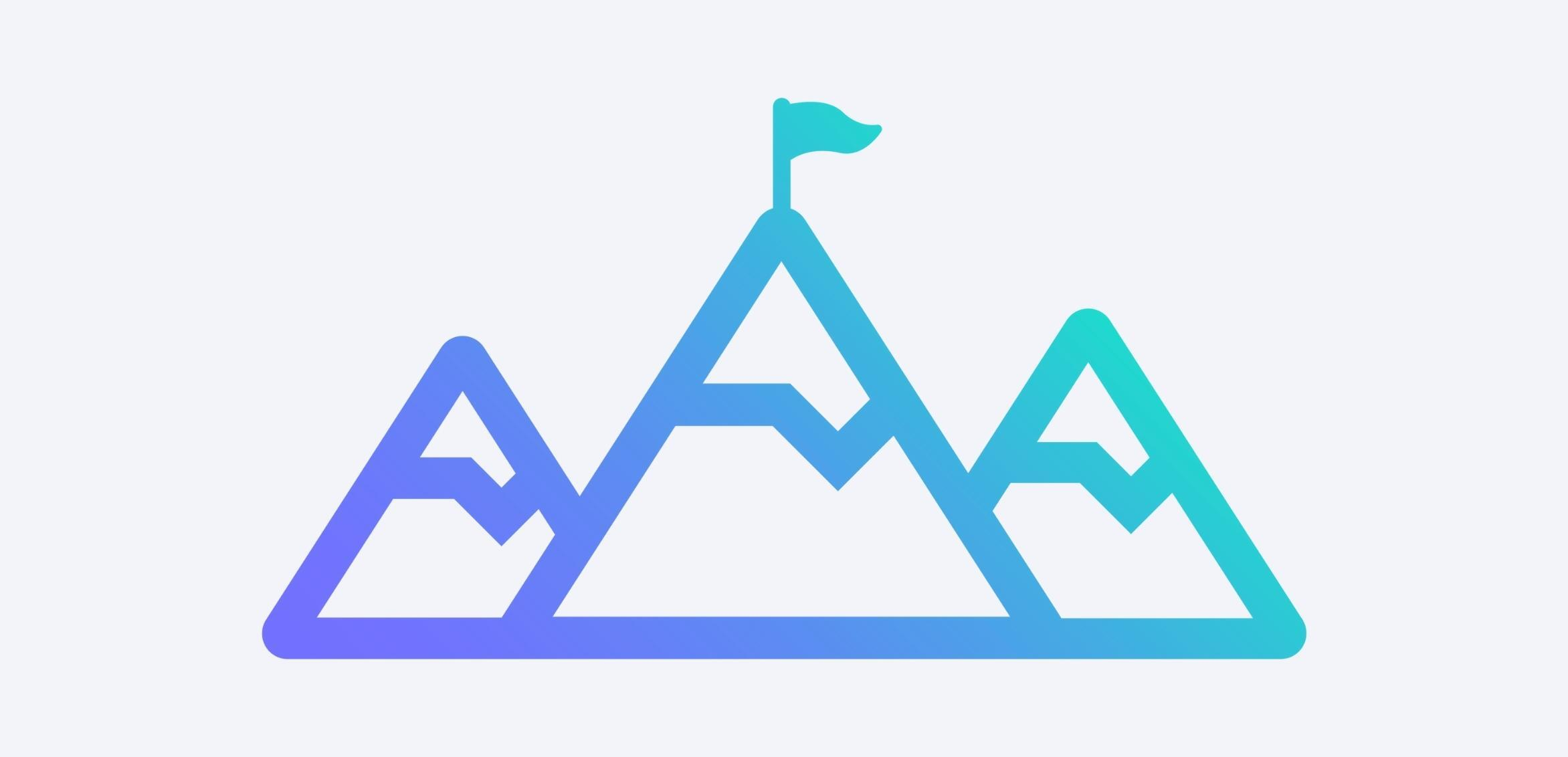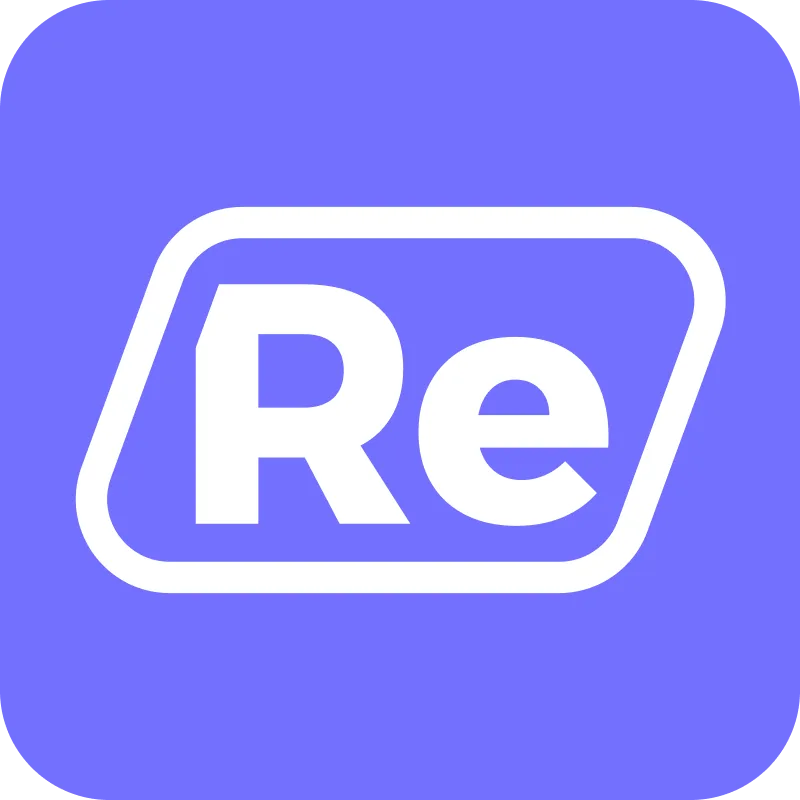Accelerate deals and increase win rates with the leading enterprise demo platform.
3 SE Challenges a Demo Creation Platform Solves

February 12, 2025
Table of Contents
Solution Engineers (SEs) are busier than ever these days, and one of the contributing factors is that demo requests are coming in hot! Why? More and more buyers want to start their purchasing journey with a relevant product demo.
The sales landscape is evolving from seller-led to buyer-led, and these new B2B buyers are demanding frictionless product-led motions where they get access to your product throughout their journey—not just at the end.
And a product-led, demo-first sales environment looks a little different than a traditional sales-led one. The shift in buyer behavior requires SEs to rethink what these early-stage demos should look like and figure out how to manage the increasing workload.
It’s an exciting time, but also a challenging one.
Below are 3 of the biggest challenges that SEs are facing, and how Reprise suggests they tackle them head-on with the help of a demo creation platform.
#1: Demonstrating value to buyers upfront
In the past, custom live sales demos were reserved for the middle to back half of a buyer’s sales journey where they had already been qualified by an Account Executive and participated in discovery.
Today, demos are leading the charge and are front and center. Buyers want to start their relationship with you after, and only after, they’ve seen and evaluated a product demo. Which is a good thing! The challenge for SEs is to avoid losing opportunities because they gave these early-stage buyers generic product demos.
But making a unique custom demo for every single buyer is too big of an ask. So how can SEs give new buyers relevant, engaging demos, without exhausting themselves in the process?
Tackle it: Give your AEs a library of relevant, premade demos they can use on live sales calls with buyers early in their purchasing journey.
Start by taking a look at which vertical markets your product serves and what the specific use cases are within them. Are there certain features that would appeal more to one vertical market than another?
Use this information to create a plan for your demo library, determining how many demos you need and what they should focus on. Then use a complete, no-code demo creation platform to build them in minutes.
Your AE’s can access this library of premade demos, and choose the best one to share with new prospects on a live sales demo. Of course, some prospects will require a fully built-out custom demo, but others (especially early-stage prospects) just need a relevant product overview.
We recommend using a demo creation platform to build your library for two reasons:
- Once you have your plan in place, you’ll be able to quickly and easily build out your demos.
- Demo creation platforms allow your AEs to personalize those premade demos even further by swapping out variables like logos, graphics, and data sets if they want to.
Your AEs can give early-stage buyers demos that speak to them instead of generic product demos, shortening time-to-value. This blends the best of both worlds together — scale and personalization. Every B2B buyer is different, so don’t treat them all the same. In the past, being able to personalize every demo was a pipe dream. However, with the emergence of demo creation platforms, you don’t need to sacrifice personalized experiences at the cost of doing more demos.
#2: Keeping up with demo requests
SEs are concerned that the increasing number of demo requests will impact their role in the sales process. Many fear they will spend most of their time making and attending prospect demos, becoming “demo jockeys.”
And it’s true, today’s buyers want to dive into technical discovery in their demo right away because they are coming to calls already pre-informed, so those demo requests will keep coming in fast and furious, along with the live sales demo calendar requests.
Read more: Bring demo and discovery together
How can SEs manage it all? They want to deliver winning demos but also don’t want their entire workday dedicated to making and giving those demos. They also need to leave room on their calendar for things like career development, product training, and industry research.
Tackle it: There are two things SEs can do to meet the increasing demand for demos, and protect their calendar space.
1. Use a no-code demo creation platform. The demo requests aren’t going to slow down, so you need an easier way to build them without sacrificing quality.
Demo creation platforms reliably capture and replicate the full functionality of your web-based applications. SEs make demos faster, and those demos come with a rich sandbox environment that looks and feels like a real product interaction.
2. Stop showing up to every demo. It’s time to draw a line in the sand. You can’t (and shouldn’t) attend every single live sales demo call your AE schedules. And by the way, this includes invitations to just “drop in for a few minutes at the end.” How many times have you been invited to a last-minute meeting as “air cover” and ended up presenting all the material and answering all the questions?
Remember that library of demos we just suggested you make? There’s a reason we suggested making them with a demo creation platform. They allow your AEs to run demos without you. SEs want to join a demo call when they can help solve problems for a customer that is already pre-informed.
Don’t just take my word for it, this is Paul Vidal, long-time SE leader and current VP of customer success at Reprise explaining when SEs want to join a sales demo.
#3: Keeping demo production environments current
Maintaining a demo production environment is a labor-intensive and never-ending job.
Every time there’s a product update, it must carry over to your demo production environment. It doesn’t matter if it’s a complete overhaul or just a new color palette; inconsistencies can erode buyer trust.
Finding the time for necessary product education and subsequent production environment updates has never been an easy job for SEs. However, it’s become increasingly challenging as of late.
SEs are not only managing a growing workload with the rise of demo requests, but given the current macro environment where tech companies are tightening budgets, the ratio between SEs to AEs may widen. This will make it even more challenging, if not impossible, to keep up with demo requests and constantly update their production environment whenever a product changes.
So what’s the solution?
Tackle it: Replicate your product instead of manually updating your production environment.
Stop using production environments to make your demos, and start working with a demo creation software that easily captures the latest iteration of your product to craft the right story.
We can’t speak for all demo creation platforms, but Reprise can completely capture the full functionality of your application with the click of a button.
✔️ New features added last week? Click.
✔️ Did the design team switch from dark to light mode? Click.
✔️ Version 3.0 just released? Click.
Once you’ve replicated your product, the Reprise platform allows you to edit, customize, and anonymize your data. You can spend time customizing and personalizing your demos, instead of burning time in a production environment.
It’s no coincidence that all of the suggested solutions include using a demo creation platform. We’re biased, but we think it’s pretty awesome that platforms like Reprise can make such a significant impact in an SE’s day.
Want to check it out for yourself? Request a demo today and experience why demo software like Reprise should be in every presales tech stack.






